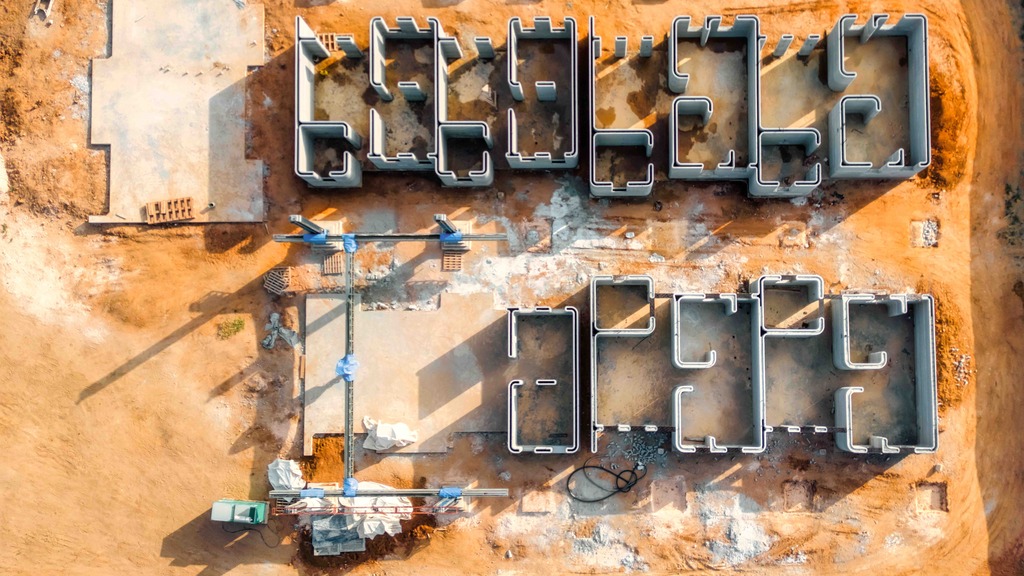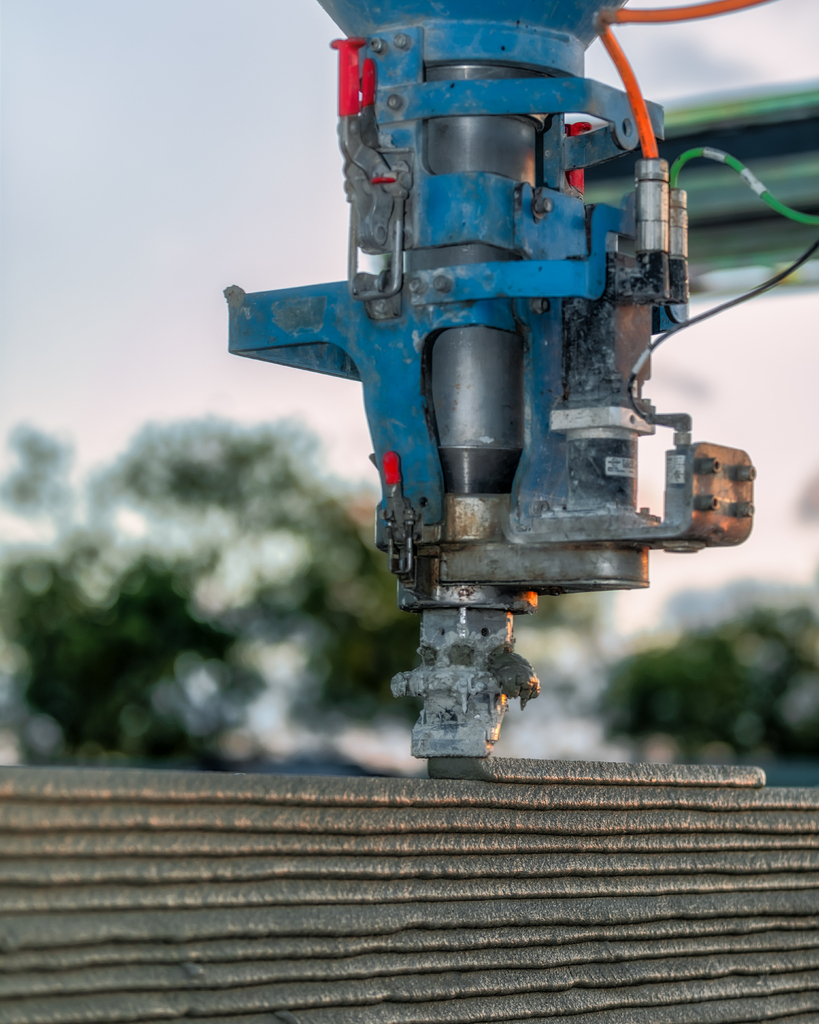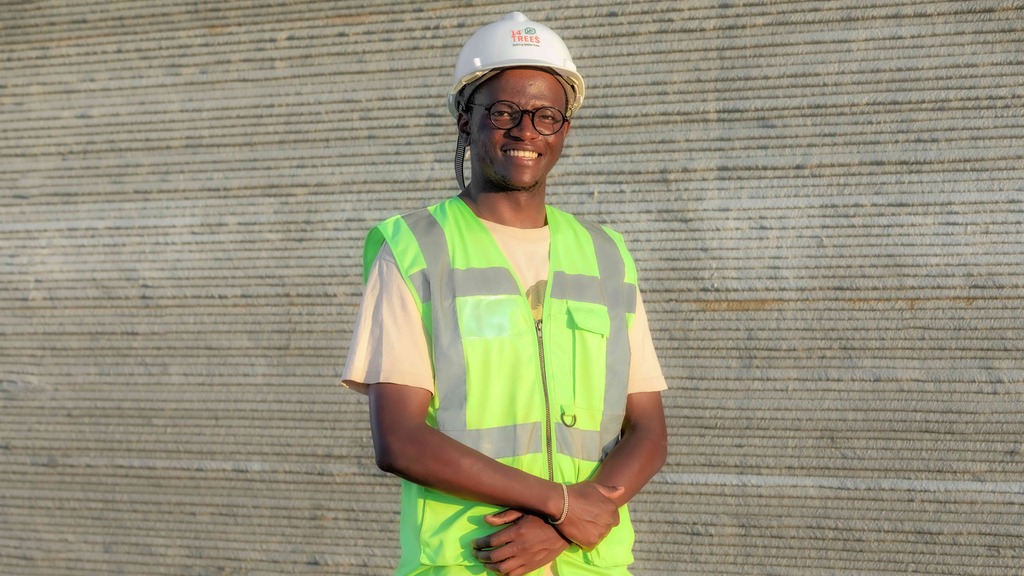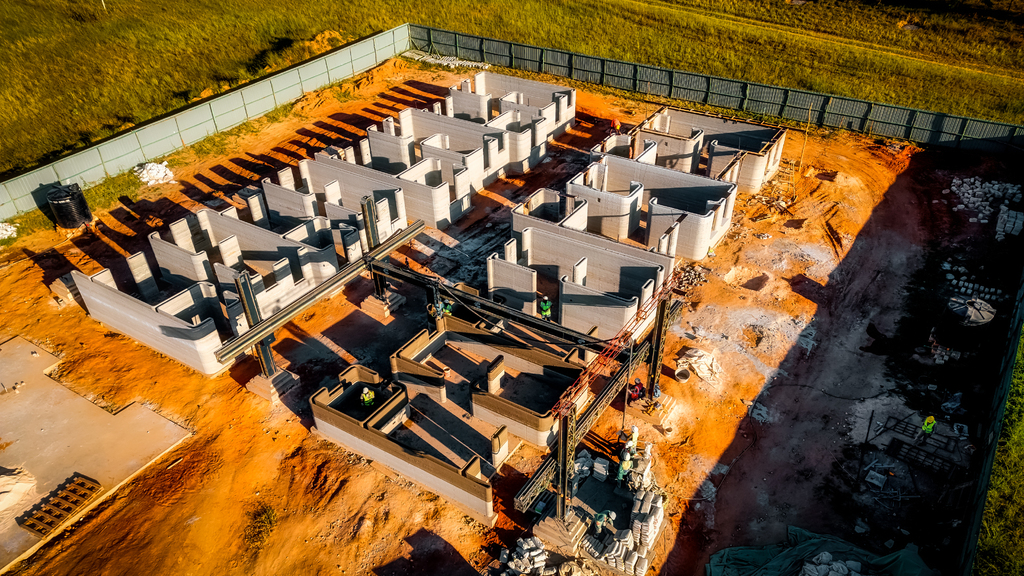For a long time, 3D construction printing has been seen as a possible solution to the escalating affordable housing crisis. Proponents of the technology claim, that when 3D printing projects in construction are carried out at scale, the advantages of the technology become clear. Evidence of that claim has been lacking, but recent developments actually provide credibility to the statement.
14Trees is a joint venture company between Holcim and British International Investment dedicated to accelerating the provision of affordable housing in Africa. The joint venture is behind the first 3D printed houses in Africa and the first 3D printed schools in the world. This week 14Trees announced some of the initial results of their efforts to 3D print up to 52 houses in Kilifi, Kenya, using a single BOD2 printer from Cobod.
Following the start in October 2022, 14Trees completed the 3D printing of the walls of 10 houses in January 2023 after just 10 weeks using only one printer. In addition, the project’s sustainability profile also attained an EDGE Advanced sustainable design certification by IFC, the World Bank's development finance institution, which recognizes resource-efficient buildings with the potential to be zero-carbon. It is the first time a 3D printed housing project has attained this certification.

14Trees intends to get the full benefit of the large-scale project by experimenting and innovating as the project progresses. During the next phases which consist of 10-15 houses each, several innovations will be included that will allow future tenants to design their homes and move away from the standardized 3D printed approach to one which fully leverages the technology’s customization possibilities. The cost of construction is also an area of focus. With each phase, 14Trees is aiming at lowering construction costs further such that the build cost is 20% lower than standard houses. Using Holcim’s proprietary 3D printing materials, TectorPrint, made at a local plant, has already meant a significant reduction in costs.


